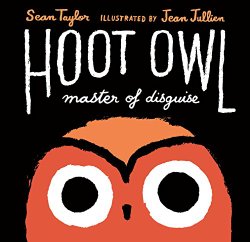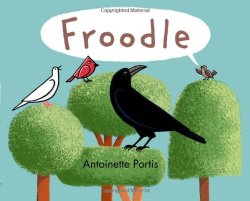Review of Welcome, by Mo Willems
A Mo Willems Guide for New Arrivals
by Mo Willems
Disney Book Group, 2017. 28 pages.
Starred Review
Yay! I have been invited to a baby shower, so I have a reason to purchase this book! I actually read it last year when visiting my newborn niece, but I didn’t have a chance to write a review. Now I’ve been enjoying the book before I wrap it up….
What I need to do is simply urge you to read this book. It’s brilliant. You will enjoy it.
I’ll say a little bit about it. It’s written as a sort of travel guide for a new baby, telling them what to expect. The illustrations are essentially icons, as found in manuals. It’s funny and charming.
A wonderful touch is that most pages end with the words “while we read this book together.”
Here’s a nice page at the start:
PLEASE ENJOY YOUR STAY
Many activities are available for you to enjoy,
including, but not limited to:SLEEPING and WAKING,
EATING and BURPING,
POOPING and MORE POOPING.
[All the capitalized words have icons on the facing page.]Other options are available upon request
and will be updated on a regular basis.Of our current offerings, I can personally recommend
your being right here with me . . .while we read this book together.
And here’s a nice page at the end:
CONDITIONS MAY VARY
We will strive to make your stay
as comfortable as possible. However . . .There will be TURBULENCE.
There will be UNEXPECTED EVENTS.
There will be HUMAN ERROR.Fortunately, we are happy to provide you LOVE
At no extra cost.
A warm and delightful book that tells newcomer what they can expect out of life, and that they have people standing by 24 hours a day, 7 days a week, to provide Love.
May this book get many chances to be read child and parent together.
pigeonpresents.com
hyperionbooksforchildren.com
Find this review on Sonderbooks at: www.sonderbooks.com/Picture_Books/welcome.html
Disclosure: I am an Amazon Affiliate, and will earn a small percentage if you order a book on Amazon after clicking through from my site.
Source: This review is based on a book I purchased via Amazon.com to give away.
Disclaimer: I am a professional librarian, but I maintain my website and blogs on my own time. The views expressed are solely my own, and in no way represent the official views of my employer or of any committee or group of which I am part.
What did you think of this book?









